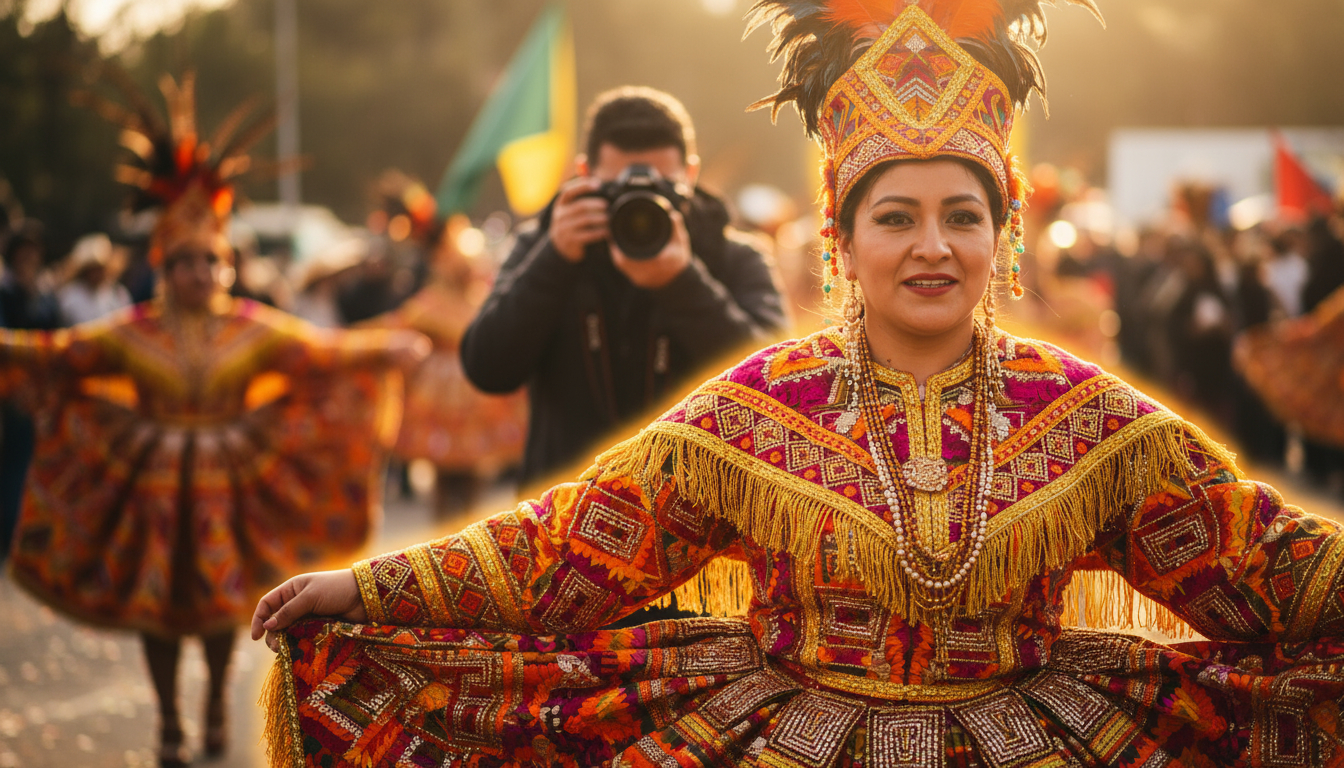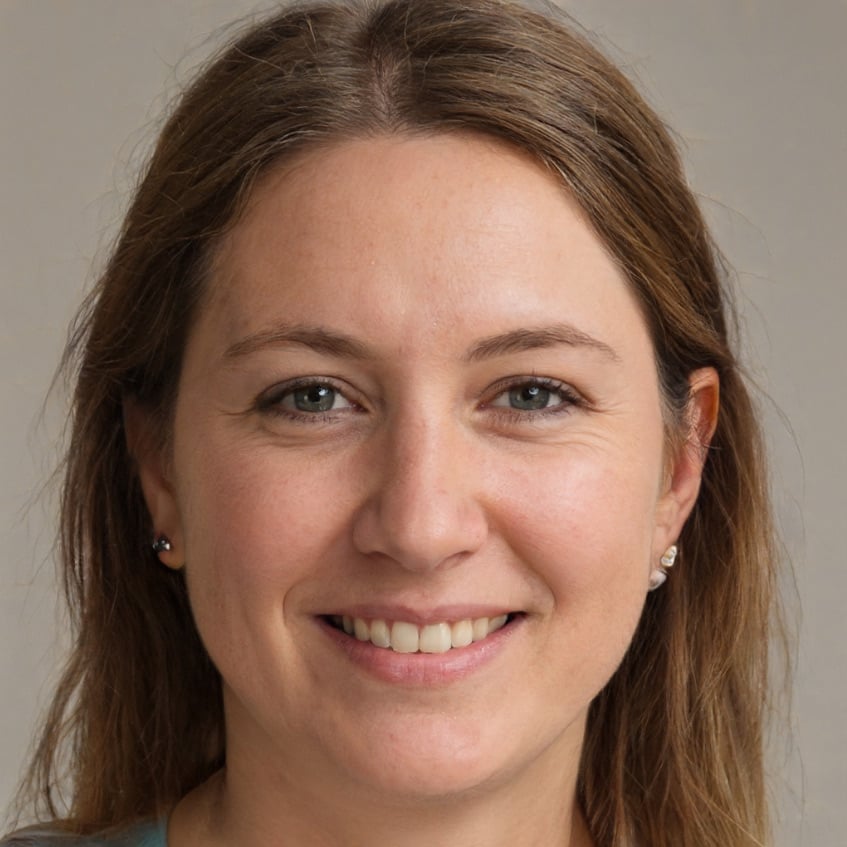Capturing the essence of a cultural event or a lively festival presents a unique photographic challenge. These environments are dynamic, chaotic, and often deeply personal to the participants, requiring a combination of technical skill, cultural sensitivity, and rapid decision-making. Effective photography tips for cultural travel emphasize visual storytelling, moving beyond mere documentation to capture the emotion, atmosphere, and human connections that define the experience. The goal is to create images that not only show what happened but also convey how it felt to be there.
Successful cultural and festival photography is a mindful process. It requires the photographer to temporarily set aside their role as an observer and step into the role of a respectful participant. This approach helps build trust with subjects, resulting in more candid and authentic images. Moreover, it is critical to prioritize respect over a perfect shot. Understanding local customs, the sanctity of certain rituals, and the importance of asking for permission are foundational elements that ensure your photography is both ethical and high-quality.
The Ethos of Respect: Cultural Sensitivity First
The most important of all photography tips for cultural travel is respect. Before raising your camera, understand the cultural context of the event. Certain rituals, people, or spaces may be off-limits or require special permission.
- Ask for Permission: Always ask permission before taking a close-up photograph of an individual, especially elders or those in traditional attire. A friendly smile, a simple gesture, or learning the local phrase for “May I take your picture?” goes a long way. Showing the subject the resulting image can also build rapport and lead to more natural shots.
- Dress Appropriately: Ensure your attire is respectful of the event’s standards. In many religious festivals, modest clothing is mandatory. Your presence should not disrupt or distract from the event.
- The Non-Intrusive Lens: Use a medium telephoto lens (e.g., 70-200mm) when shooting from a distance. This allows you to capture candid moments and intimate expressions without physically intruding into the sacred or personal space of the subjects. This is especially useful for capturing a vibrant cultural or religious festival without being disruptive.
Mastering Movement and Chaos: Technical Tips
Cultural events and festivals are defined by energy, movement, and often, rapidly changing light. Mastering these technical challenges is vital to producing dynamic images.
- Shutter Speed for Motion: Use shutter speed intentionally. For freezing sharp action (like a traditional dancer or a parade float), use a fast shutter speed (1/500th of a second or faster). To convey a sense of motion and energy (like blurred flags or spinning dresses), use a slower speed (1/60th to 1/125th of a second).
- Aperture and Depth of Field: In crowded environments, a wide aperture (low f-number like f/2.8 or f/4) can blur out distracting backgrounds, isolating your subject and emphasizing their expression or attire. Conversely, for wide shots capturing the entire scene, use a narrower aperture (f/8 or higher) to keep everything sharp.
- Light Management: Festivals often happen outdoors, necessitating careful management of harsh sunlight. Look for shots taken in open shade or during the “golden hours” (sunrise and sunset) for soft, warm light that enhances colors and skin tones. For interior shots, use a high ISO setting (e.g., 1600 or 3200) to capture the scene without using a distracting flash.
The Narrative Arc: Capturing the Full Story
The best cultural photography tells a comprehensive story, encompassing the setting, the people, the details, and the emotion. Do not focus solely on the main action; use a variety of shot types to build a visual narrative.
- Wide Establishing Shots: Capture the entire scene—the location, the crowds, the scale of the event. This sets the context.
- Mid-Shots: Focus on the main action or group interactions, showing the key characters and the environment they are in.
- Close-Up Detail Shots: Capture the intricate details—the texture of a costume, the hands of a musician, a unique traditional pattern, or the intense expression of a worshipper. These details are often the most effective element of photography tips for cultural travel that convey emotion and depth.
Post-Processing: Enhancing Authenticity
Post-processing should enhance the feeling of the event, not transform it into a fantasy. Focus on minor adjustments: sharpening, balancing the whites, and enhancing colors (but not oversaturating them). The goal is to bring the image closer to what your eye actually saw, preserving the authenticity of the cultural moment. Never digitally alter or manipulate the cultural significance of a photo.


